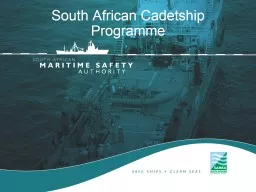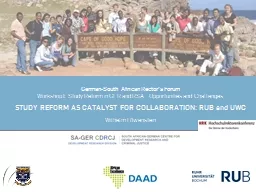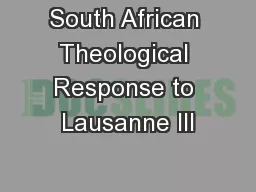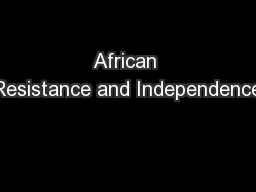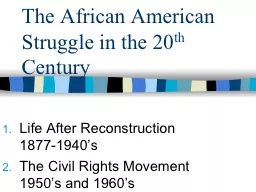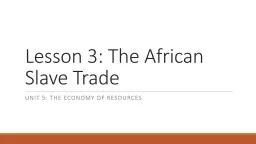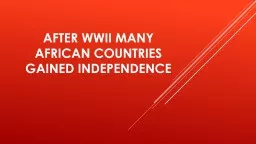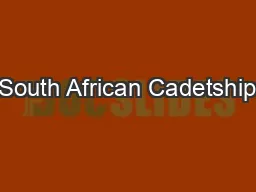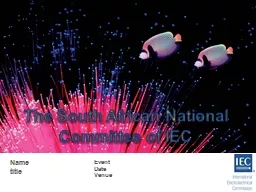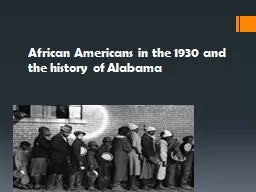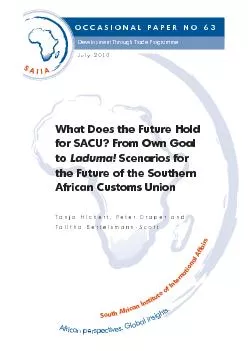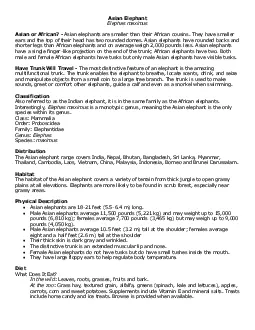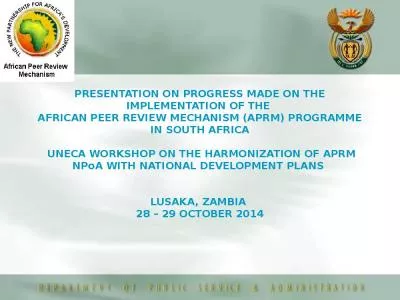PPT-South African Cadetship
Author : danika-pritchard | Published Date : 2019-11-29
South African Cadetship Programme Introduction South Africa has a skills crisis that mirrors global conditions and the mismatch between the available pool of employees
Presentation Embed Code
Download Presentation
Download Presentation The PPT/PDF document "South African Cadetship" is the property of its rightful owner. Permission is granted to download and print the materials on this website for personal, non-commercial use only, and to display it on your personal computer provided you do not modify the materials and that you retain all copyright notices contained in the materials. By downloading content from our website, you accept the terms of this agreement.
South African Cadetship: Transcript
Download Rules Of Document
"South African Cadetship"The content belongs to its owner. You may download and print it for personal use, without modification, and keep all copyright notices. By downloading, you agree to these terms.
Related Documents

